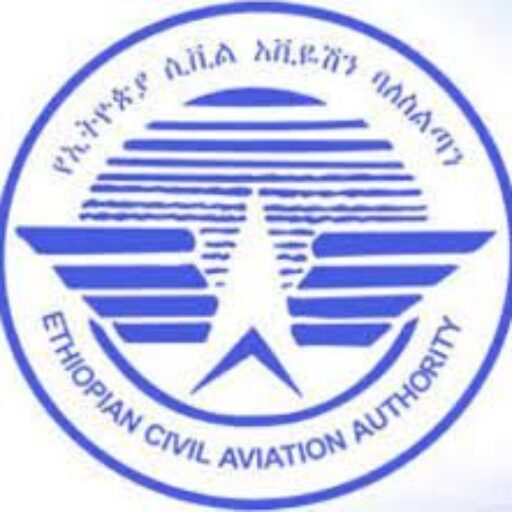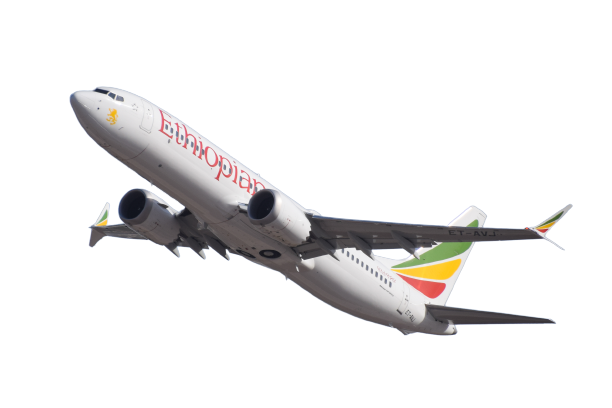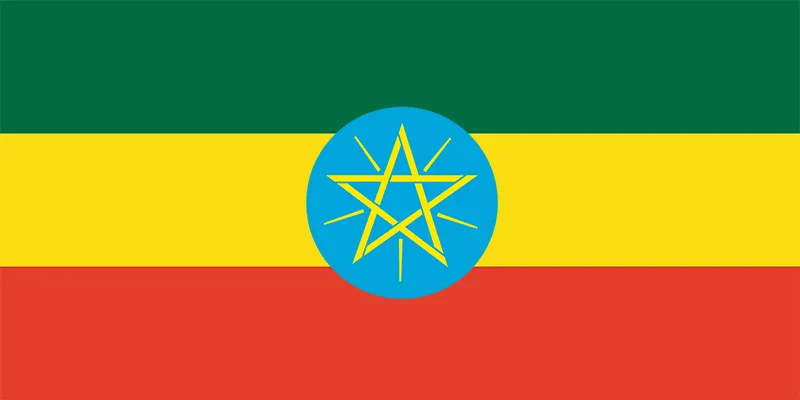Air Craft Registration and Air Worthiness Certification Directorate
- Reviewing, processing and recording applications for registration and de-registration of aircraft, as appropriate, and issuing Certificates of Registration and De-registration;
- Keeping the national register of civil aircraft and making information from the register available as and when required;
- Reviewing, processing and recording applications for issuance Certificates of Airworthiness and renewals of such certificates;
- Surveying aircraft for issuance and renewal Certificates of Airworthiness;
- Assisting the Personnel Licensing Department, as necessary, in reviewing and processing applications from aircraft maintenance personnel for the issuance, renewal, validation and extension of licenses and ratings;
- Periodically reviewing the airworthiness condition and records of aircraft on the registry in order to assess the adequacy of their maintenance and the competence and diligence of the persons and organizations who perform the maintenance;
- Investigating major defects discovered in aircraft and determining corrective action to be taken where airworthiness may be affected. Analyzing defect experience to detect and correct any trends and to reveal areas most in need of airworthiness improvement, and establishing a service difficulty reporting (SDR) system;
- Reviewing aircraft and component manufacturers’ service bulletins and airworthiness directives issued by foreign airworthiness authorities to determine their applicability to the national aircraft, and directing corrective action where airworthiness may be affected;
- Examining current and new international and foreign airworthiness standards related to continuing airworthiness and determining the need for adoption of critical features of those foreign standards into national requirements;
- Surveying the maintenance facilities including training provisions, organization and quality control procedures of applicants for issuance and renewal of air operator certificates (AOCs), and making recommendations as appropriate with regard to the applications;
- Surveying the facilities and procedures of applicants for issuance and renewal of certificates of approval to conduct activities bearing on the airworthiness of aircraft, making such issuance or renewal, as appropriate, and maintain records of same;
- Surveying the facilities, procedures and staffing of applicants for approval to conduct the training of maintenance personnel, and issue and renew such approvals;
- Conducting periodic surveillance of the facilities, procedures and work of holders ofAOCs, making appropriate directions and recommendations and approving amendments to the operator’s AOC and to his maintenance and quality control manuals as appropriate;
- Assessing the qualifications of persons for designation asapproved persons, and of others as alternates, to perform certain airworthiness functions, and monitoring of the activities of these persons from time to time;approving the installation of aircraft components and equipment in aircraft based on approved data from FAAand/or EASA and /or Transport Canada;
- Assessing aircraft and component reliability programmes and approving maintenance systems for aircraft, aircraft components and equipment;
- Giving advice and recommendations in other areas of ECAA responsibility, such as shipment of airworthiness related dangerous goods, certification of operators and on other technical matters relating to aviation techniques and flight operations as may be required;
- Providing loan of staff experts to assist in the investigation of aircraft accidents as and when required;
- Participate in, or carry out, investigation of aircraft incidents as and when required;
- Recommending and, where necessary, issuing directives concerning the maintenance, overhaul and repair standards to be met by aircraft and aircraft components and equipment, and procedures to be followed by the aviation industry to comply with the national air law and regulations related to airworthiness;
- Preparing and distributing advisory material to the aviation industry concerning airworthiness practices and procedures, where such advice does not warrant mandatory action but may still make a significant contribution to flight safety;
- Preparing and recommending amendments to the national air law concerning all matters of airworthiness within the scope of the functions and responsibilities of the Directorate;
- Conferring at national and international levels on matters relating to the regulation of airworthiness;
- Identifying and resolving regulatory problems associated with continuing airworthiness, establishing general and technical policies and procedures on which future airworthiness requirements can be based, and formulating changes in airworthiness policies and requirements which have a severe economic impact on the aviation industry;
- Investigating possible violations of the national air law or regulations in regard to airworthiness and initiating legal or other corrective action where necessary;
- Preparing and distributing to the aviation industry a series of documents, available to the public, containing all airworthiness directives specified for general compliance by the aviation industry;
- Issuing approvals for inspection, overhaul, maintenance and repair organizations; and
- Conduct regular surveillance of foreign operators in accordance with the established program and coordinate as necessary with the State of Operator/Registry for the resolution of safety issues.
Sectoral Unit
- Aviation Regulation
- Aviation Navigation Services
- Support Service


